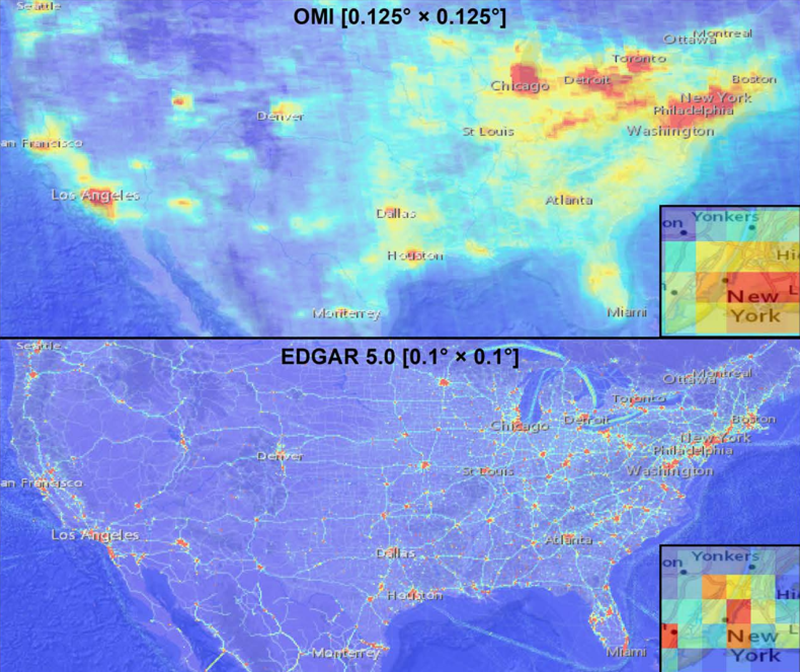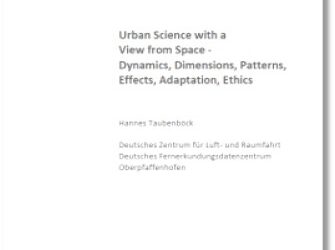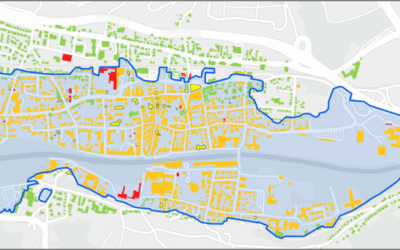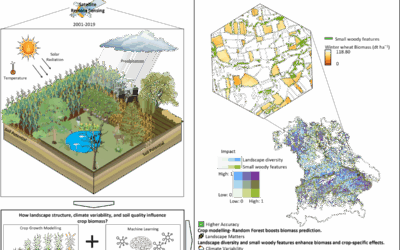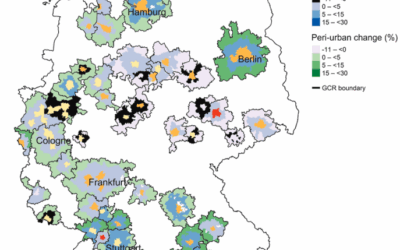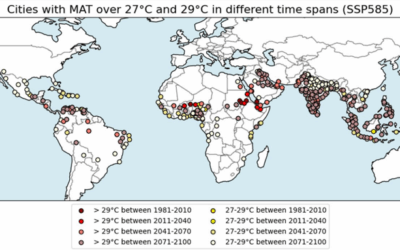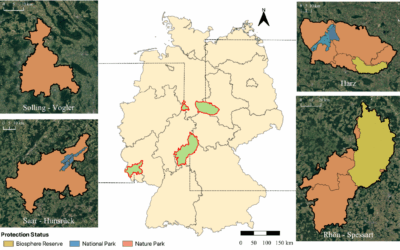Researchers from the Earth Observation Center (EOC) of the German Aerospace Center (DLR) in Oberpfaffenhofen and our Earth Observation Research Cluster of the University of Würzburg teamed up for a study on global scaling of urban air quality. The paper titled “Global scaling of urban air quality” was just published in the journal PLoS One by Michael Wurm, Thilo Erbertseder, Matthias Weigand and Hannes Taubenböck.
Here is the abstract of the paper: Air pollution is a severe threat to urban residents worldwide. Growing cities and an increasing number of urban dwellers make urban air quality an important issue for
the majority of the world’s population. While from economic and ecologic perspectives, extensive literature suggests that higher concentration of people in cities make urban areas more resource-efficient and environmentally sustainable, there is still unresolved ambiguity in the evaluation whether the same applies to urban air quality. Related case studies come to different findings, assuming larger cities to be either cleaner or more polluted than smaller cities in terms of air pollution; however, usually they consider only single countries which hinders generalizable answers to this question. Reasons for the variety of findings can be identified in the underlying data for air quality and in the varying spatial delineation of urban boundaries. In this study, we present a global analysis of urban air quality for more than 10,000 cities using scaling laws. Scaling laws define a relationship based upon a power law between the population size of a city and a certain characteristic of the city, e.g., in this study its level of air pollution. We rely on a satellite-derived globally homogenous data set for nitrogen dioxide (NO2) which is one of the major air pollutants and a proxy for air quality. Results reveal that globally, NO2 levels for cities scale linearly; however, certain regions and countries show strong superlinear and sublinear scaling behavior, indicating a strong regional dependency. We argue that one reason for this may lie in national policies for cleaner air in cities. Besides a homogenous data set for air quality, especially a harmonized definition for urban boundaries worldwide has proven to be of high importance for globally consistent and comparable results.
Here is the link to the full paper: https://journals.plos.org/plosone/article?id=10.1371/journal.pone.0333902
This research is part of our work on global urbanization– we have reported on this research direction:
- https://remote-sensing.org/studies-on-global-urbanization/
- https://remote-sensing.org/dlr-research-report-titled-urban-science-with-a-view-from-space-published/

